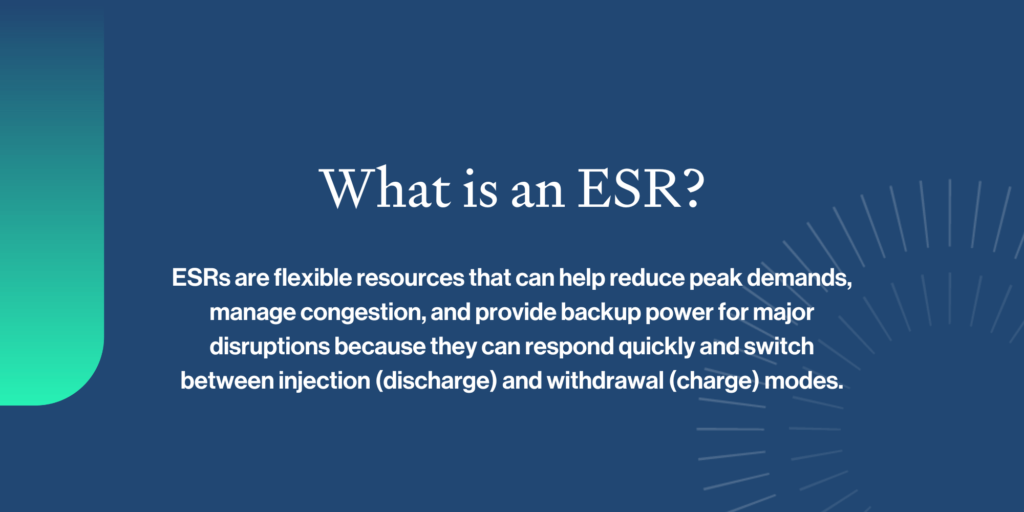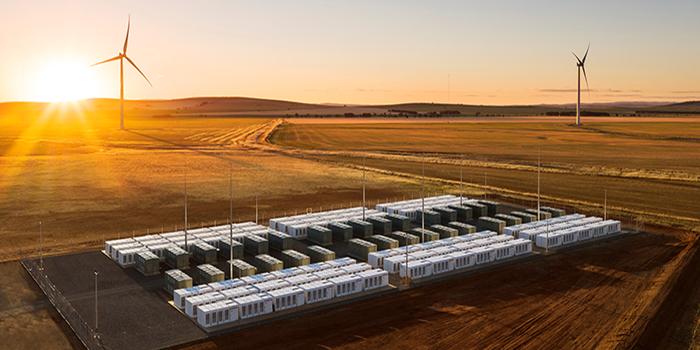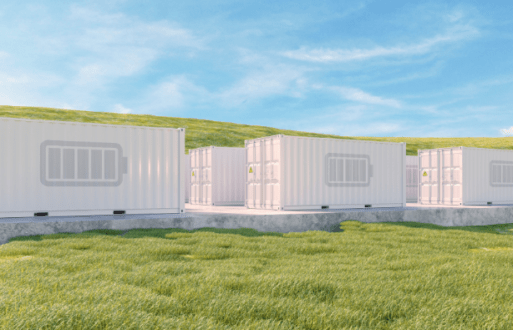If you’re a participant in the Midcontinent Independent System Operator (MISO) market, you likely know that, as of Sept. 1, 2022, you have a new way to integrate your Electric Storage Resources (ESRs) into the market.
While this is a new and improved way to integrate those resources, it does come with some challenges. For starters, an ESR is both a bid and an offer rolled into one, so market participants must rethink how to enter, manage, and audit data used for the Offer calculations and submissions.
What’s more? Users who plan to participate in the market with ESR resources require updated functionality to formulate and submit the ESR offers to the market. And existing and future users who plan to have an ESR also need our software support for the market settlement of battery resources.
But don’t worry — those challenges are easily overcome by leveraging a system designed to manage Energy Storage Resources. In this blog post, we’ll walk you through everything you need to know about ESRs, from the ESR definition to making the transition and successfully managing your end-to-end workflows for ESRs.

What kinds of assets are included in the MISO ESR change?
First, let’s address the assets included in the MISO ESR change. Although you might equate ESR with “battery,” there’s a lot more it entails.
The Federal Energy Regulatory Commission (FERC) defines ESRs as “a resource capable of receiving electric energy from the grid and storing it for later injection of electricity back to the grid regardless of where the resource is located on the electrical system.” Examples of ESRs include batteries, pumped storage facilities, and compressed air energy storage.
So, what exactly is the ESR definition? ESRs are flexible resources that can help reduce peak demands, manage congestion, and provide backup power for major disruptions because they can respond quickly and switch between injection (discharge) and withdrawal (charge) modes.
According to MISO, “this new resource type has operational characteristics that support reliability and resilience as the industry continues to transition the resource fleet.”
MISO also reports the near-term benefits of the new ESR model are modest due to the small volume of storage resources; however, the new model positions MISO ahead of the increased storage participation anticipated with higher penetration of renewables and Distributed Energy Resources over the next five to 10 years.
What’s the MISO ESR change and what does it mean for you?
MISO introduced ESRs into its market portfolio for the first-time starting Sept. 1, 2022, meaning MISO market participants have a whole new set of offer parameters specific to an ESR. The ESR introduction covers both ESR bidding and settlement. In other words, participants can not only submit offers to the market, but the market will, in turn, include the ESR activity in the daily settlement statement.
If you’re wondering just how to navigate this new change, PCI can help. We have a track record of delivering software that allows our users to perform operation-critical functions successfully, and as we interact with our clients, we continuously hear positive feedback about how they use the software.
We are driven by Client feedback to build and maintain software that helps them with mission-critical operations. In fact, as the ESR market matures, we continue to evolve the product to meet your changing needs.
PCI customers leverage our integrated platform to manage and submit ESR offers to the MISO market. As MISO neared the implementation of ESR, we eagerly engaged our affected clients. Collaborating with these users, we updated GenManager with an intuitive workflow for both ESR offers and settlements. We developed a new screen dedicated to ESRs with unique offer parameters, enabling users to manage the new components and submission to MISO. We also updated our Settlements software to properly settle all the ESR dollars impacted by the numerous MISO settlement charge codes and your bottom line.
Speaking of the bottom line, while our new ESR front and back-office features are essential to manage, move, and accurately report on ESR performance, they are administrative tools that do not entirely drive that performance or profit. You also need decision support and analytics tools to create value. To that end, PCI provides ESR analytics solutions such as GenTrader, auto bid formulation, and Post Analysis to help maximize the value of your ESR in MISO and other markets. We have the tools and experience in handling new market products, so you face only a minimal learning curve as the changes are intuitively added into the PCI product; you can jump right in without worrying about how you’ll figure out a new workflow for ESR resources.
We’ve put our customers in the driver’s seat to create a new workflow for the Electric Storage Resource in the MISO market so you can now successfully manage end-to-end workflows for batteries. Ready to get started? Contact us to see how PCI can help you navigate this change.







